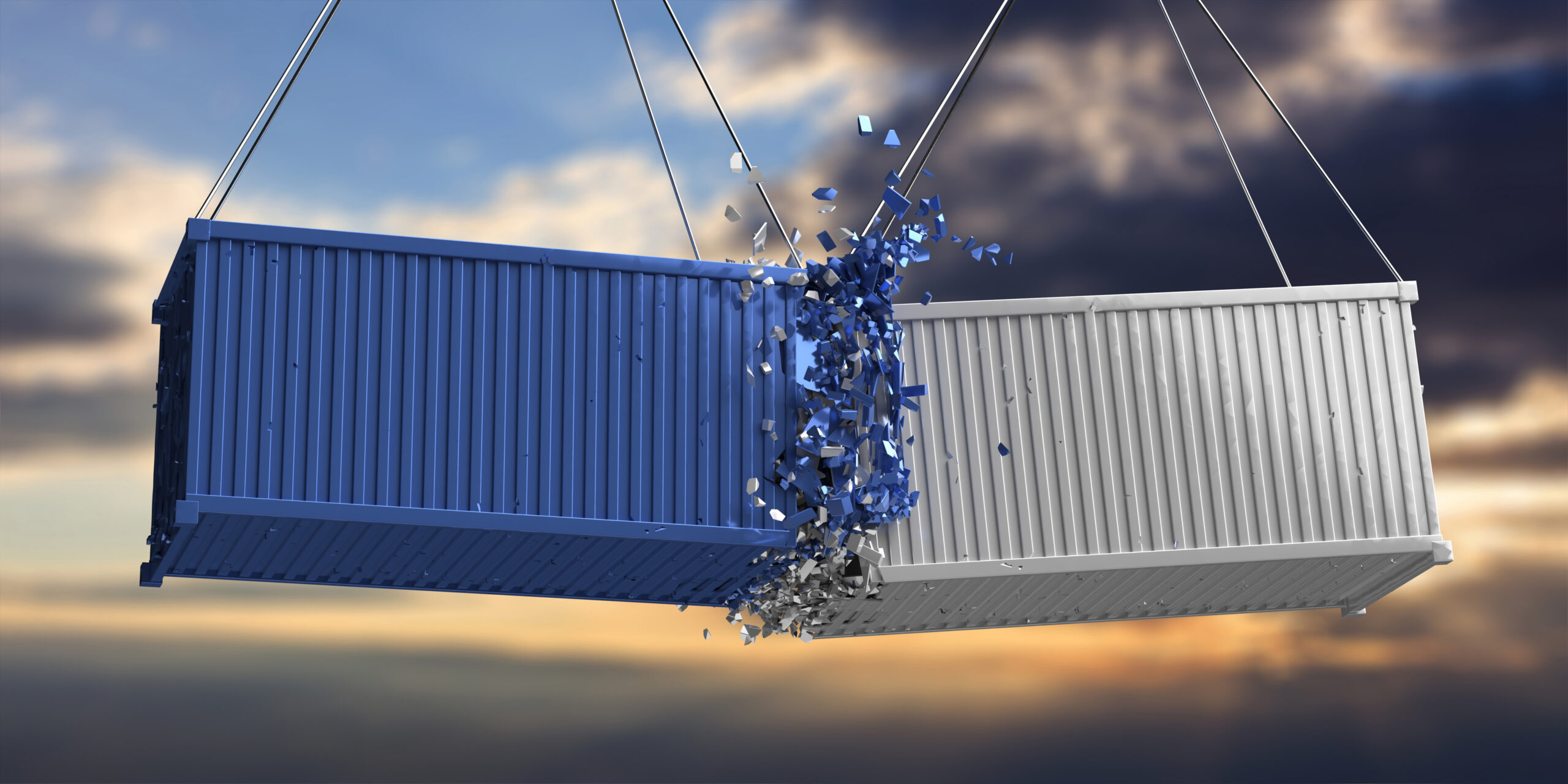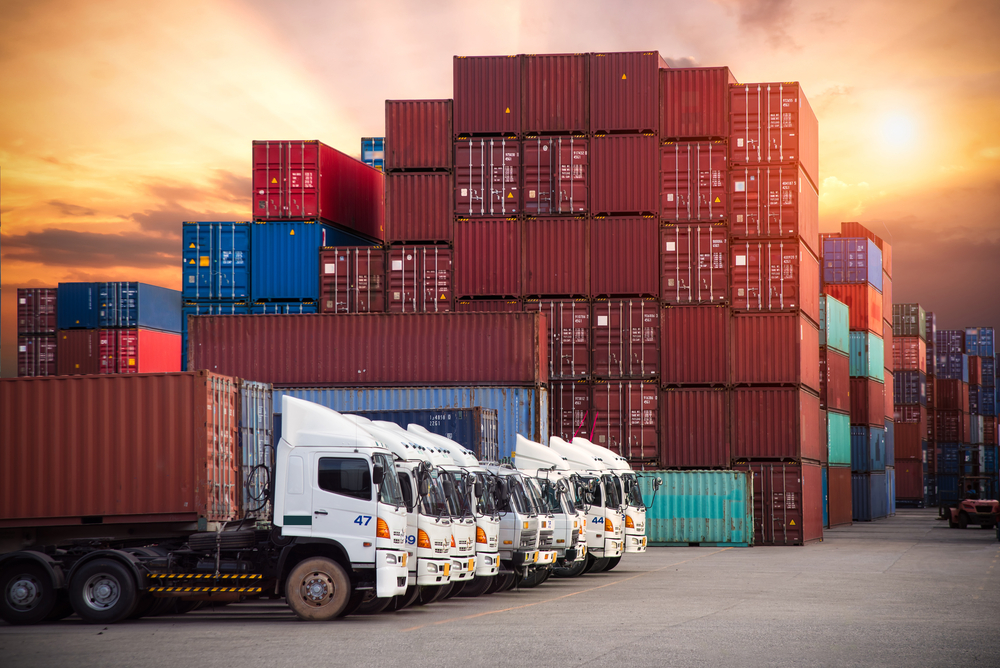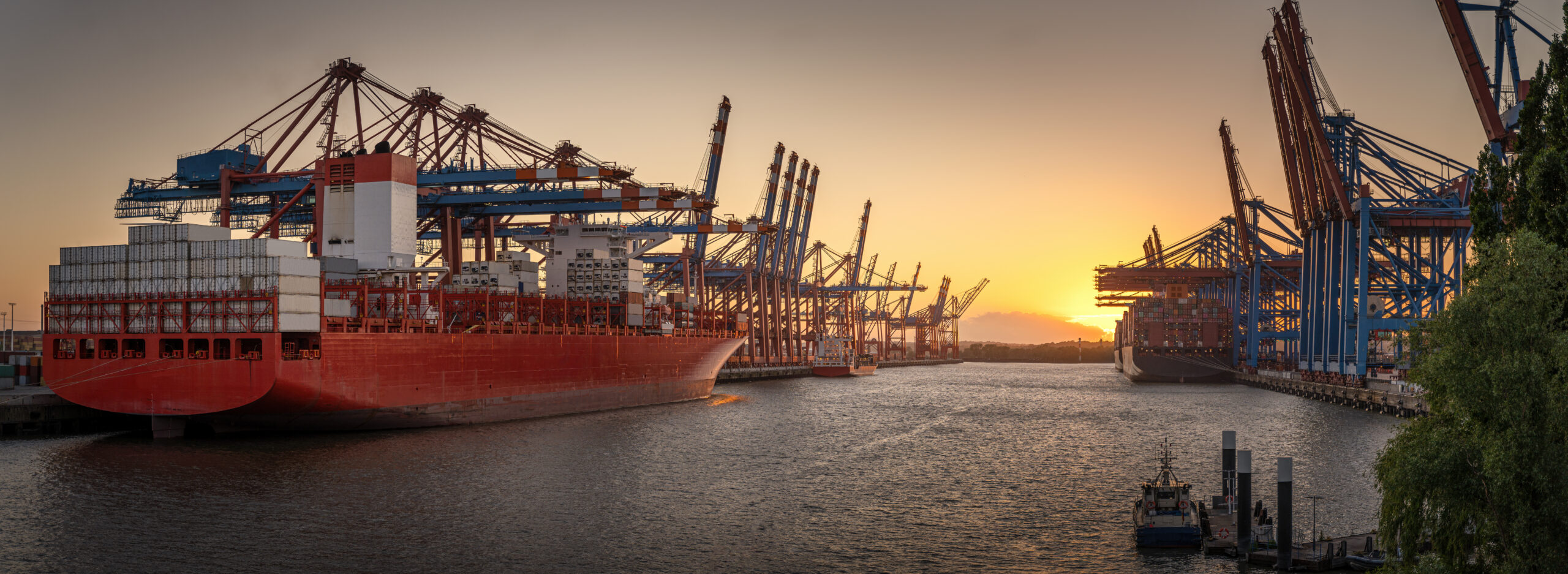Greetings!
Earlier this year, the Trump Administration announced that vast categories of products originating in China would be subject to new tariff rates starting July 6th. Only a few days prior to their implementation, it was announced that these new duties would in fact be eligible to be refunded via duty drawback.
This announcement is great news to U.S. importers and exporters, as it means that just like regular duties paid, exporters will be eligible for a 99% refund through duty drawback. For exporters, the announcement should come as a relief, because if their components or products were sourced overseas for eventual foreign sale, they won’t have to potentially lose business by passing along increased costs to their customers. Drawback eligibility will also mitigate the total product cost increases for export-heavy companies. Since the increased duties will eventually be refunded via drawback, it will, in reality, only result in temporary pinch in cash flow. While increased duties paid by any importer are going to put a strain on resources, it’s a strong positive that the duties can be refunded once exported instead of permanently lost.
What are Section 301 Tariffs?
The term “Section 301” refers to the statute in the U.S. Trade Act of 1974 which allows the executive branch to enact trade-related remedies in relation to actions of foreign governments. These remedies usually involve adding retaliatory tariffs to US goods, which can price foreign products out of the lucrative US market by adding up to 25% to their cost.
The Office of the United States Trade Representative (USTR) was instructed, per the terms of section 301, to undertake a study of trade practices the Chinese government was currently pursuing to evaluate if they are in violation of trade agreements. Their study found that many actions were discriminatory, unreasonable, or otherwise unjustifiable per these criteria. With this finding, the President was clear to take further action to remedy this imbalance. These actions do not require WTO consultation or approval.
On June 15, a “notice of action” was released, detailing the full list of new tariffs and the specific HTS classifications that would apply to imports from China. These tariffs are separate from those that were imposed on imports of steel and aluminum earlier this year, as the authority and justification for applying those came from section 232 of the Trade Expansion Act of 1962. The justification of those is related to the national security needs of the USA, instead of in reaction to an individual government’s actions.
Additional Resources:
Section 301 – China – First List Effective 7/6/18
Section 301 – China Second List
How does it affect you?
If you are importing products from China, there is a good chance that your imports will be subject to increased duties. Most of the duties are 25% ad valorem applying in addition to the original duties already in place. Any importer that sees an increase of that magnitude to the cost of their products must carefully plan to manage this sudden rise in their purchase prices.
While it is a broad range of products subject to these duties, the areas primarily affected include telecom, machinery, tools, aerospace, robotics, plastics, transportation equipment, and electronic components.
In our analysis of our current client base, we have estimated that many companies could be seeing incredible refunds from the U.S. Government.
Contact J.M. Rodgers for additional information
If you’re not sure that your products will fall under these tariffs or want to inquire about duty refunds through drawback, please contact us or email our VP of Sales, Andrew Galloway at agalloway@jmrodgers.com. He can give you a full analysis of your estimated duty increase and discuss methods to mitigate their impact through JMR’s services.
Sincerely,
Jamie Rodgers
CEO
J.M. Rodgers Co., Inc.





